Every year thousands of change initiatives are undertaken globally in the form of reorganization, structural and procedural change, new product and service launches, and the setting of strategy, goals, and objectives. Yet, according to Harvard Business Review, 70% of all change initiatives fail. The financial cost of failed change to organizations, the economy, and society is enormous. The human cost – measured by employee disengagement, lack of trust, apathy, turn-over, sick days, depression, and burnout – is even higher.
Why is change so hard to successfully implement? Change has a dynamic and logic all its own – the more you try to control it, mandate the timeline, or predict the outcomes the sooner you become part of the 70% failure rate. Success lies in implementing a new model of change rather than repeating the same model better and faster. What we need today is a change model that addresses all three critical aspects of organizational change: transactional, transitional, and transformational. Ideally, we want a model that embeds adaptive change into the culture, thereby, creating resilience and agility in a world that is volatile and unpredictable.
The most commonly implemented change models, for example that of John Kotter, focus on the transactional aspects of change – the things we do during the change initiative, new structures, processes, and functional outputs and results. Change initiatives that focus primarily on transactional aspects are not designed to incorporate latent or tacit organizational knowledge into the process of creating their future. Instead they rely on a “powerful guiding coalition” (Kotter) to set the vision and plan the journey, often operating in a top down fashion and having little or no knowledge of local (geographic, team, or individual) challenges.
Transactional change models work well in cases of complicated change, for example, model changeover on an assembly line, but do not support the emotional and psychological components of complex change, such as new product development. Complex change requires that all three aspects of change be addressed simultaneously – transactional, transitional, and transformational – in order to make the most of the interdependencies and connectivity within the organization.
The Adaptive Change model describes a cycle that occurs when organizations encounter or design intentional destabilizing events that have the potential to move the whole system to a higher level of performance. Discontinuities initiate the change cycle, challenging the Status Quo and requiring that leaders establish a new vision for the future. As discontinuities arise the organization experiences an Adaptive Strain, like the tension created by pulling apart a rubber band.
While the overarching vision is often Transactional (a project, new technology, or restructuring), each part of the organization needs to understand the local destabilizing events it creates that are unique to their situation. This requires every team, division, or function to create a vision of the future that addresses their unique transitional needs (Letting Go-Neutral Presence-Letting Come) and creates the potential for transformation (changes in behavior, ideology, or organizational identity) to occur. In this way the whole organization moves toward higher performance and lasting change that is both global and local, aligning all parts yet preserving their unique characteristics.
Adaptive Change Model
The model captures five key aspects of change:
1 – Transactional Aspects arise from destabilizing events that create organizational volatility and the need for vision. This is represented by the green line – solid during times of stability and broken when uncertainty or unpredictability are present.
2 – Transitional Aspects arise from the initiation of transactional change and the emotionally generated red line of change. It is essential to manage this aspect as it determines the shape of the dip (the cauldron) in the transactional journey. Management of the red line is a three stage process of Letting Go-Neutral Presence-Letting Come, which follows the arc of the cauldron.
3 – Transformational Aspects arise when complexity gives way to clarity and opportunity emerges. Transformation during change occurs at many different levels: from “Oh, I get it!” to Ah-ha moments, to revolutionary ideas. Some form of transformation occurs to cause the transactional line to begin the movement up and toward vision.
4 – At all stages the organization is learning and not following a straight line: what to conserve and what to let go – the Fall, imagining opportunity and innovating ideas – the Cauldron, and rapid prototyping and cross-pollination with others – the Road Back.
5 – The journey is defined by the people and the tasks that they have willingly taken on to achieve their vision. Leaders of change have a portfolio of Adaptive Change journeys to juggle, not a single initiative to lead.
DR. CAROL MASE challenges leaders and their organizations to think differently about the world and how they can achieve their fullest potential in it. Her unique background unites business and biology, psychology and physics, bringing them into creative tension and generating tools and applications for all levels of the organization – from the C-Suite to the manufacturing floor. Carol has worked as an entrepreneur and an executive in Fortune 500 companies, always introducing fresh ideas that produce innovation and change, locally and organization-wide. She holds a degree in Psychology/Education, a Masters in Human Ecology/Interpersonal Relations, and a Doctorate in Veterinary Medicine.


